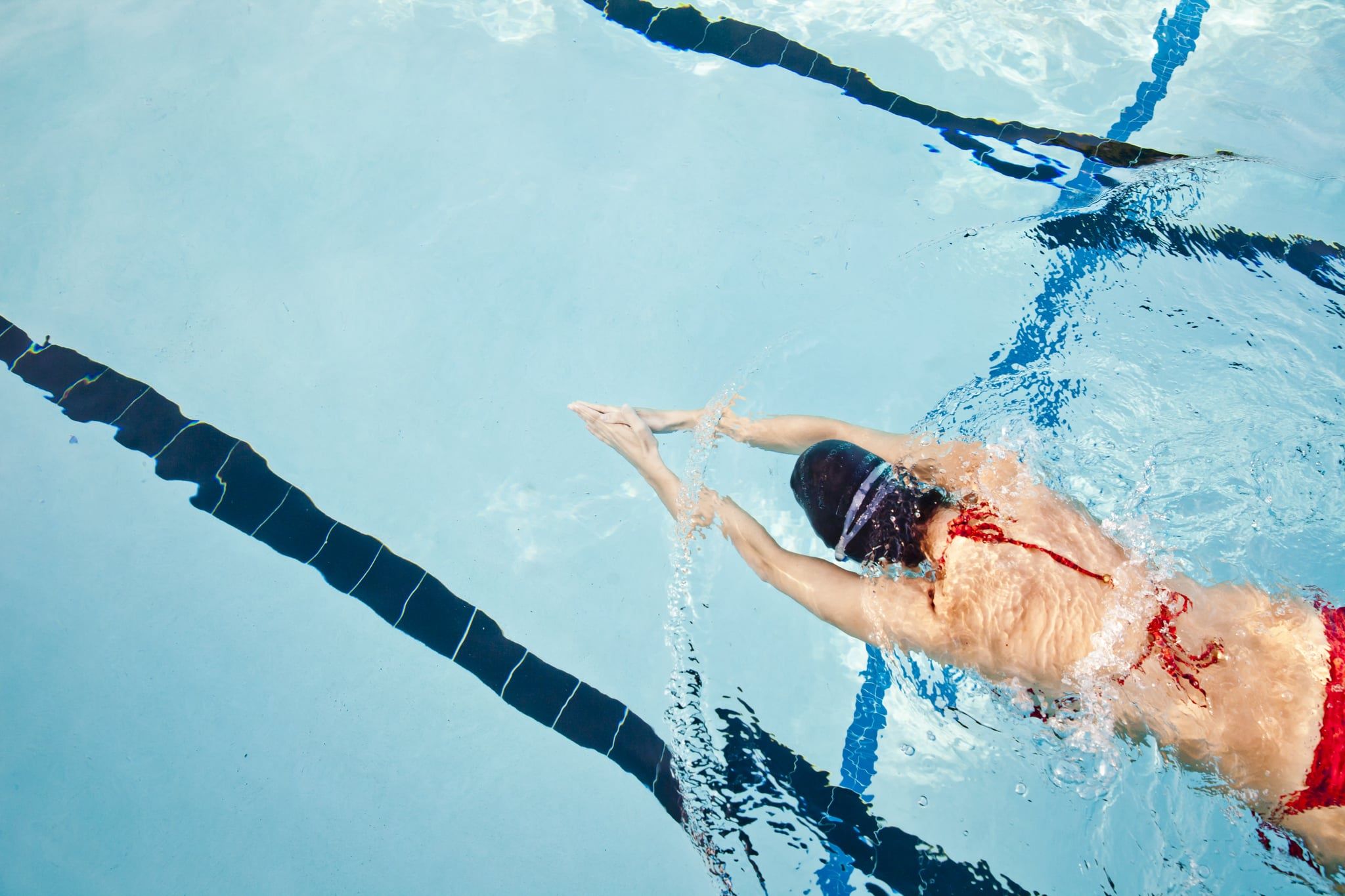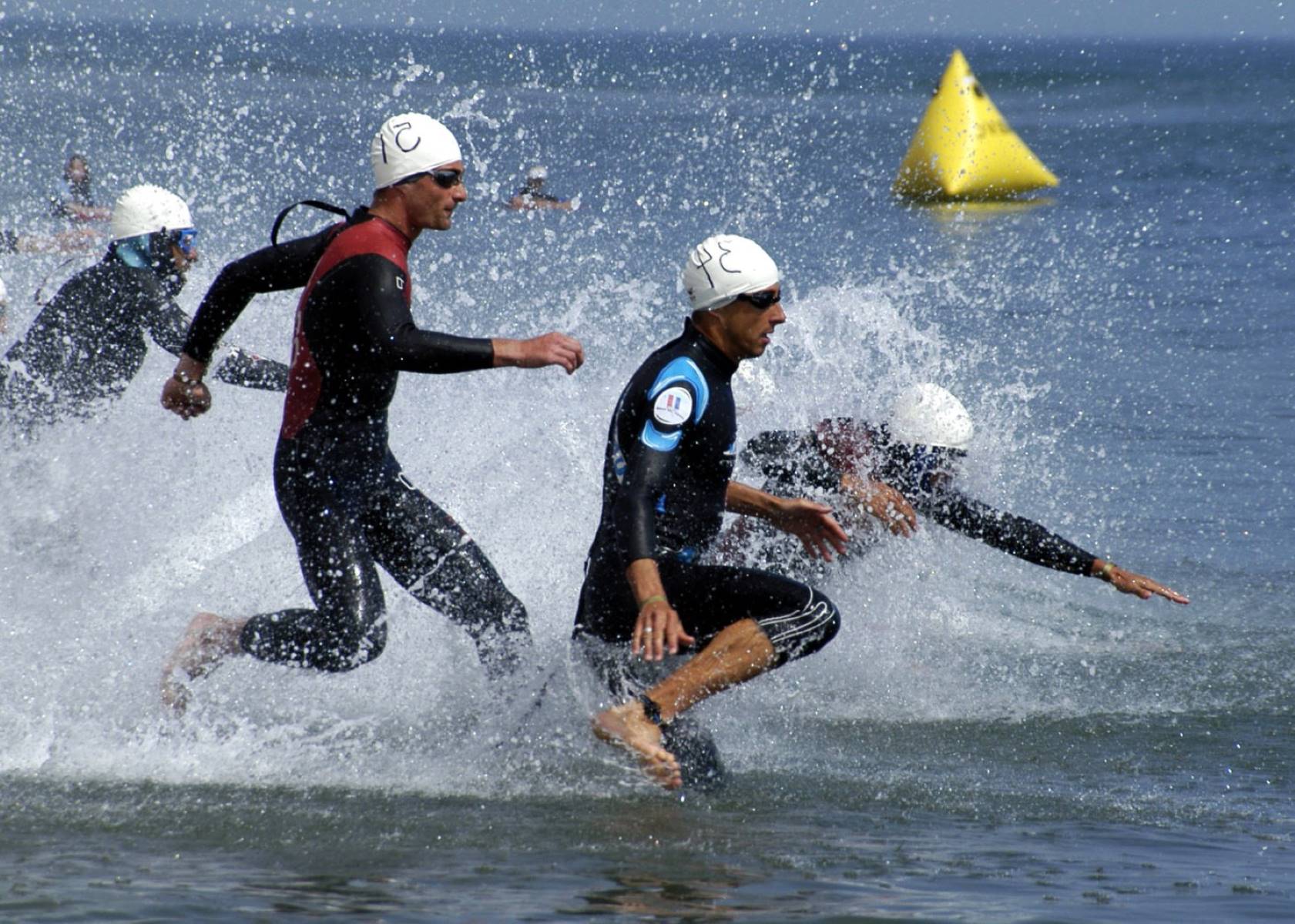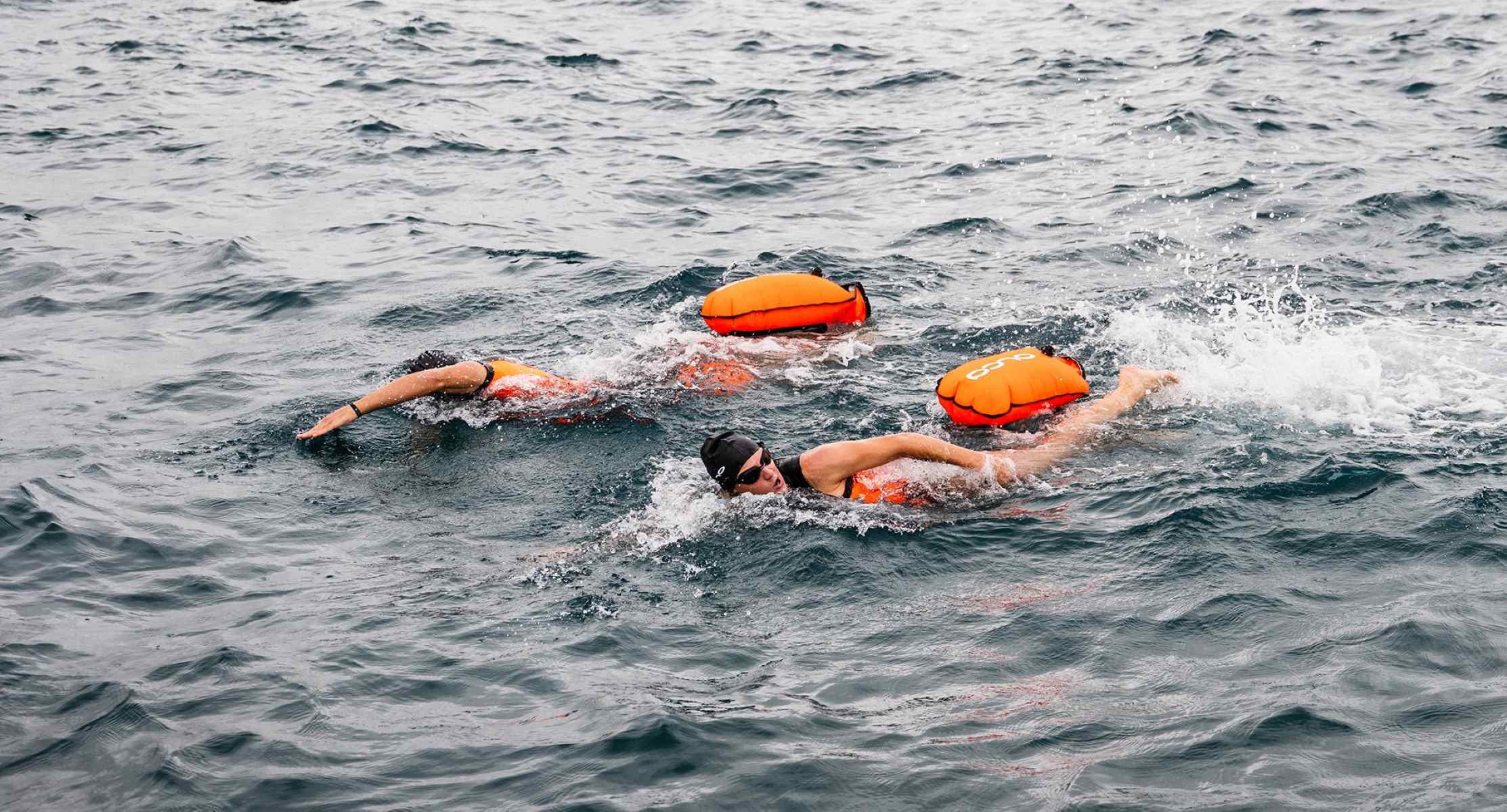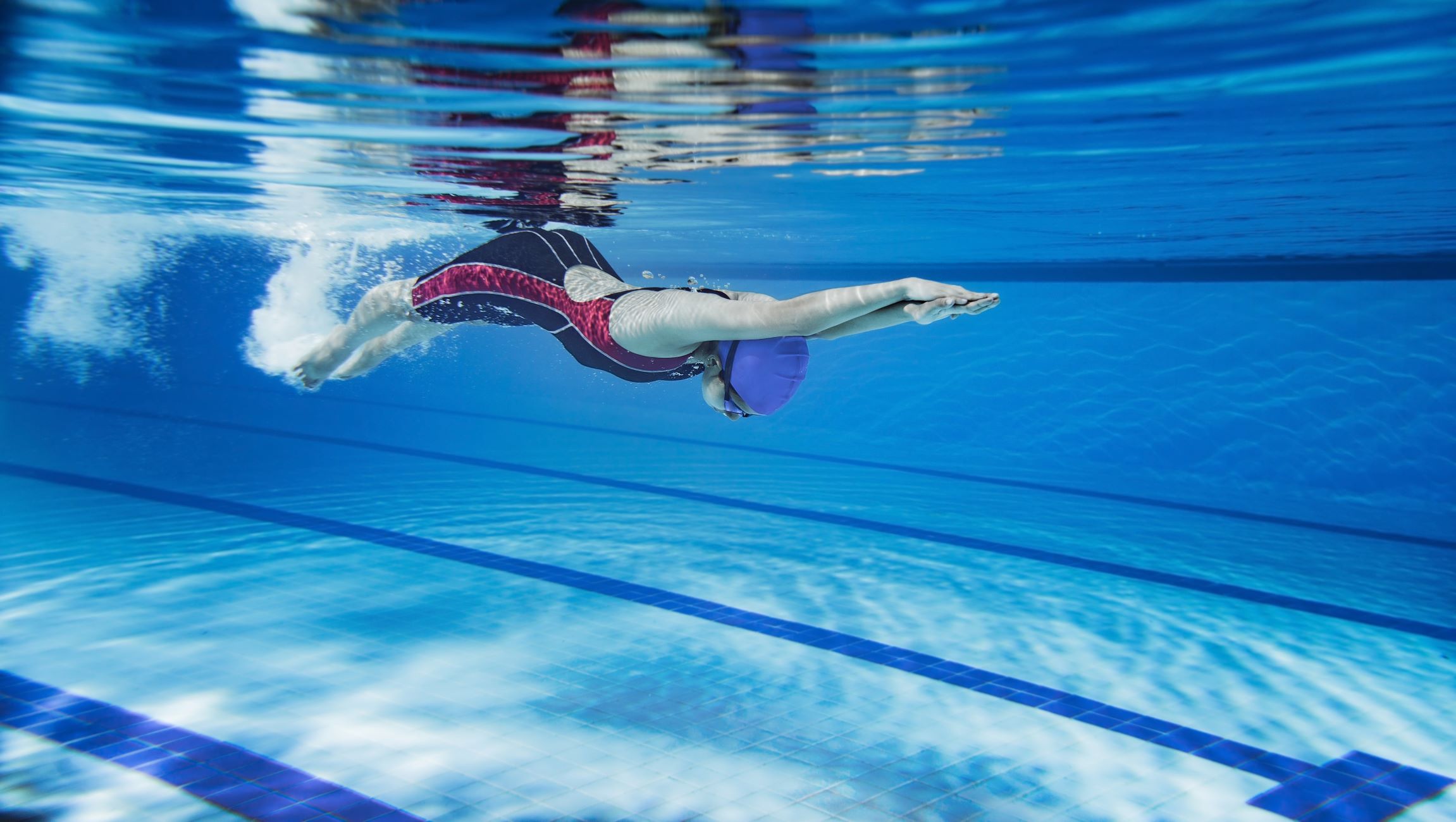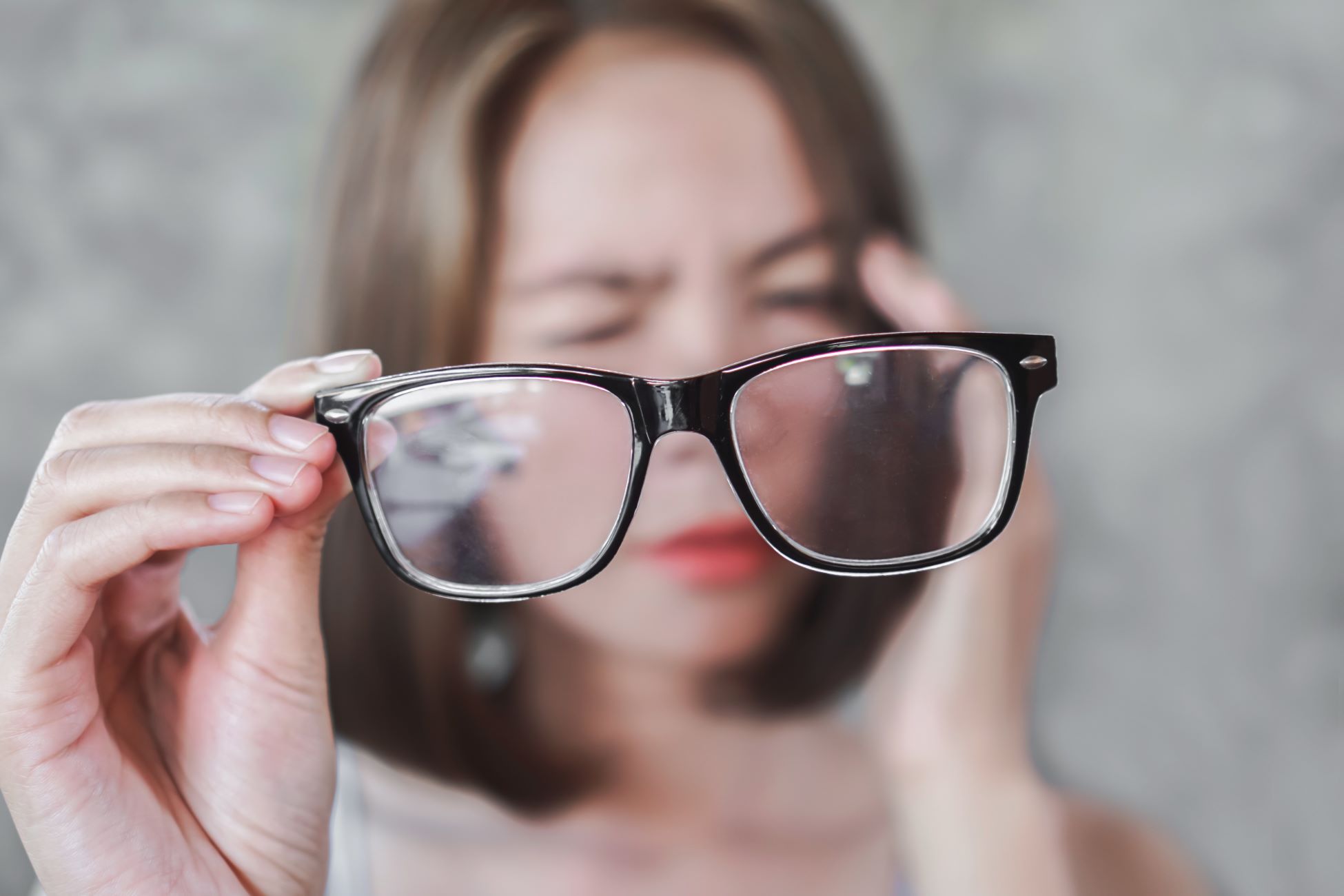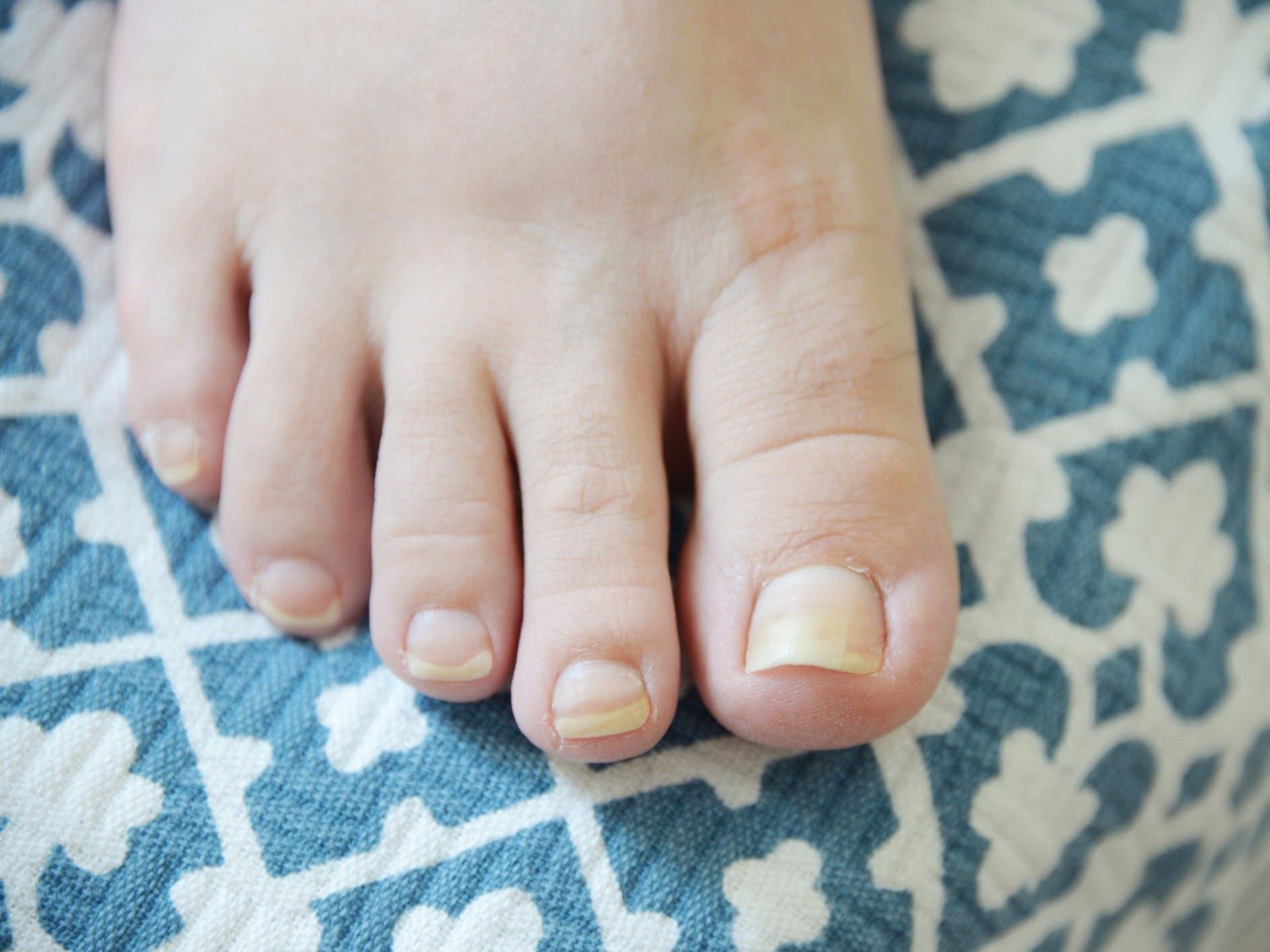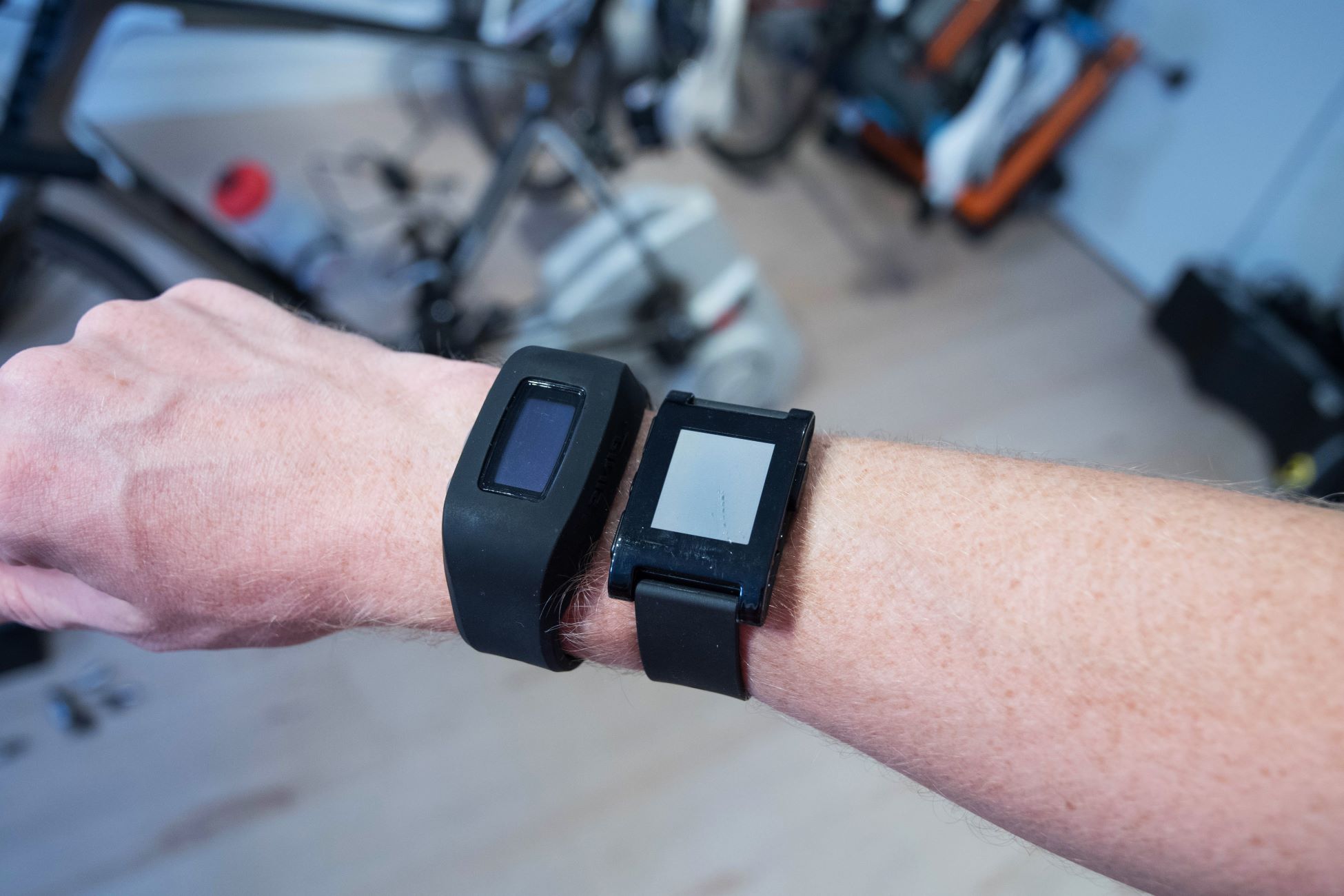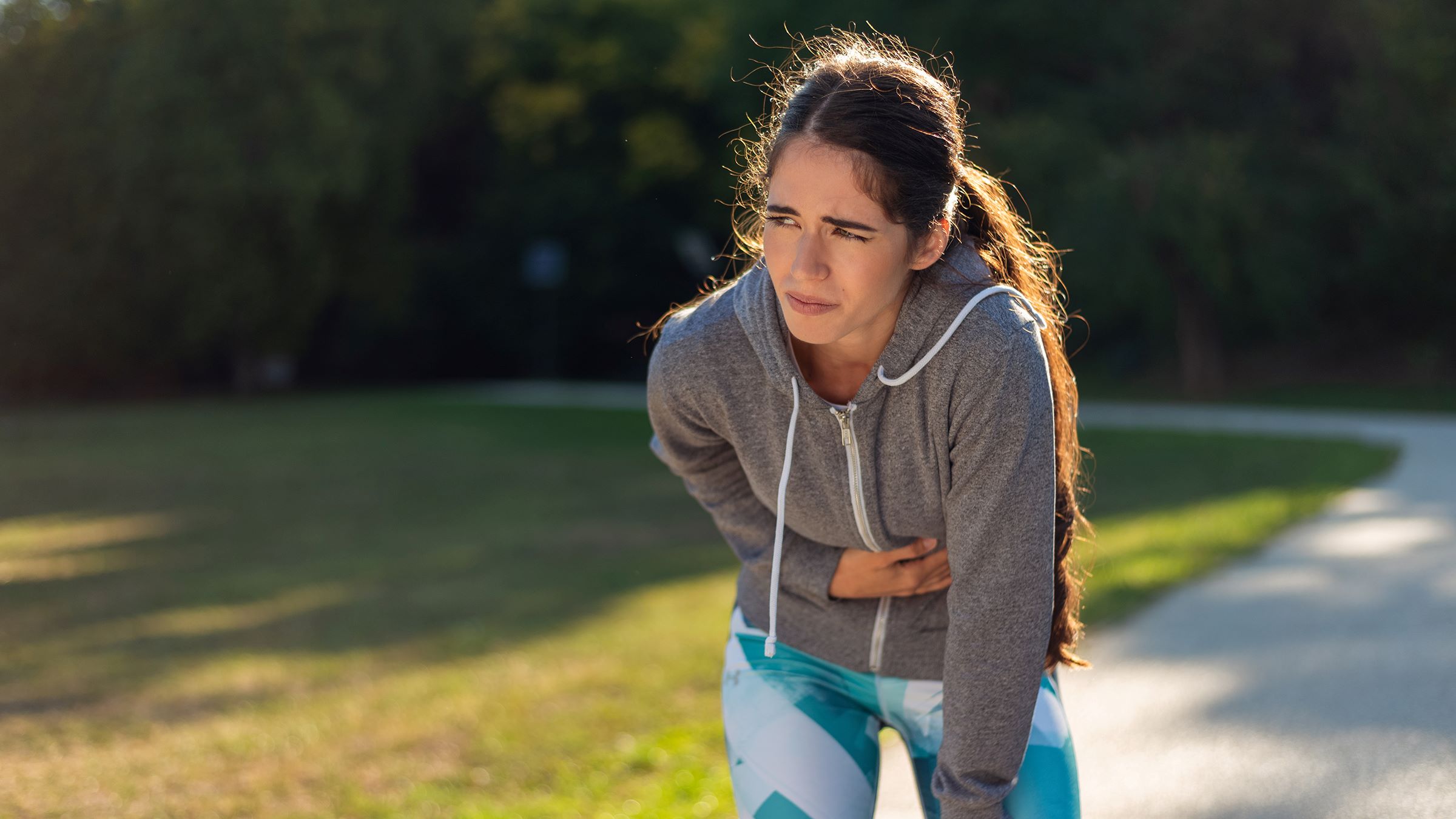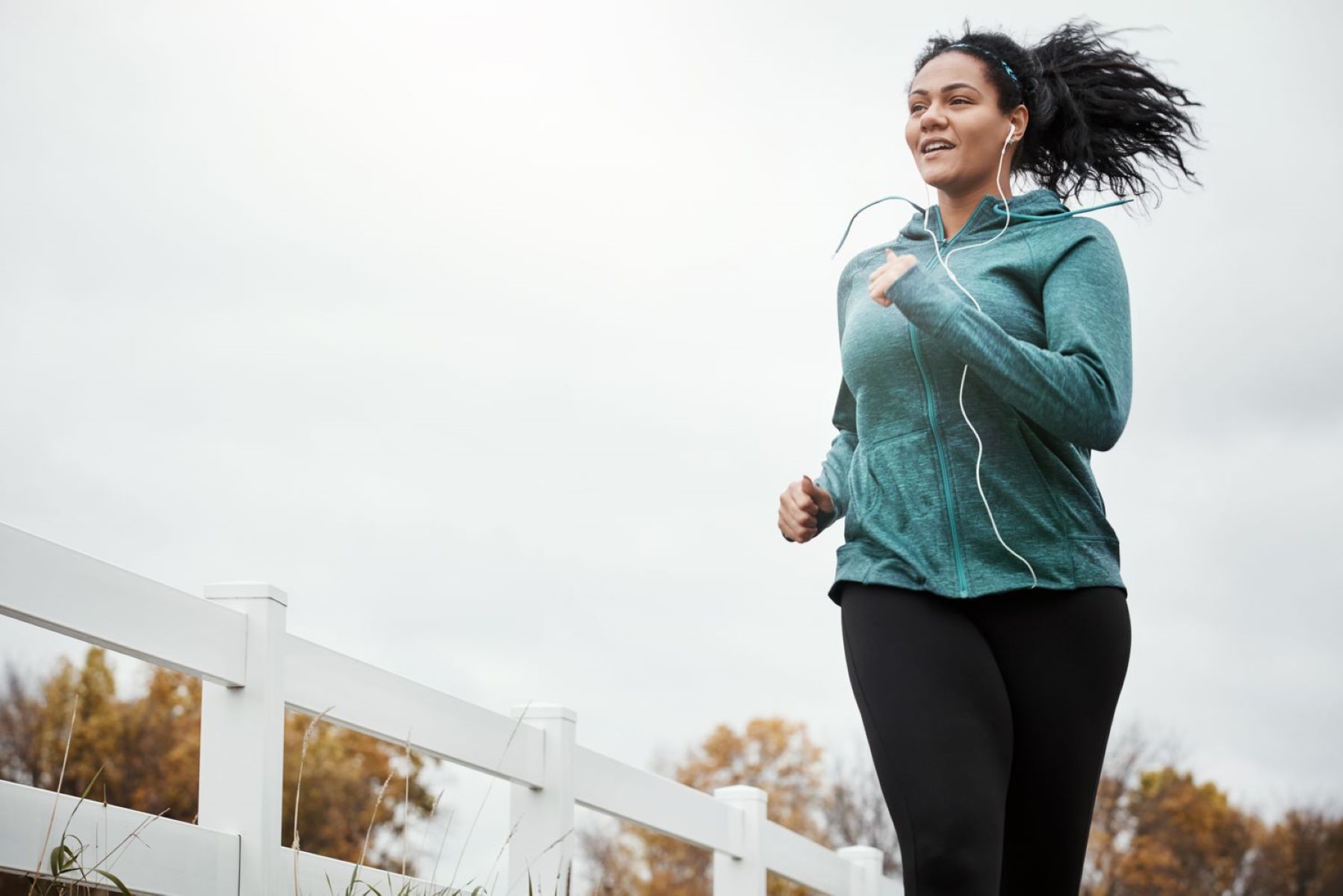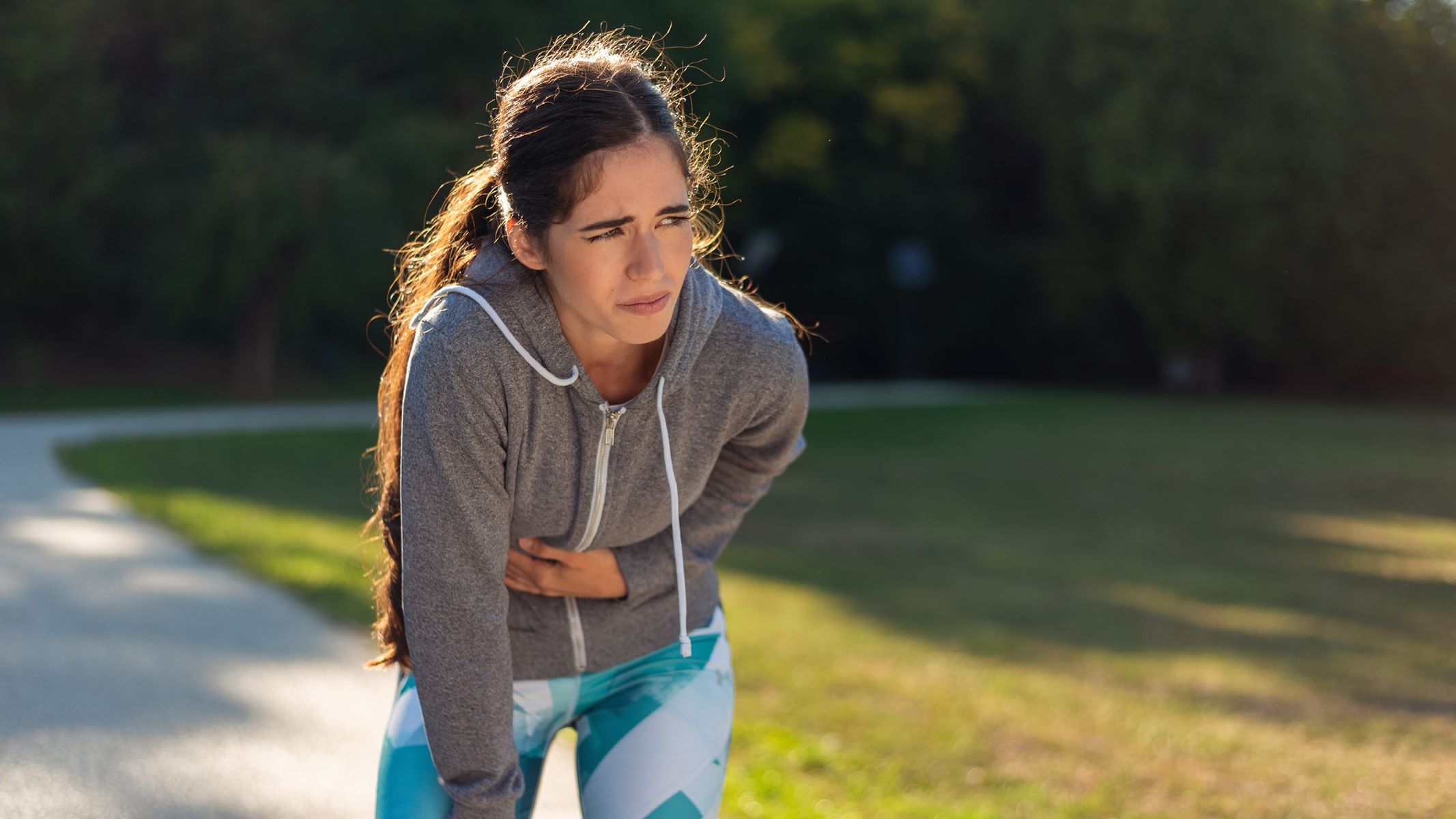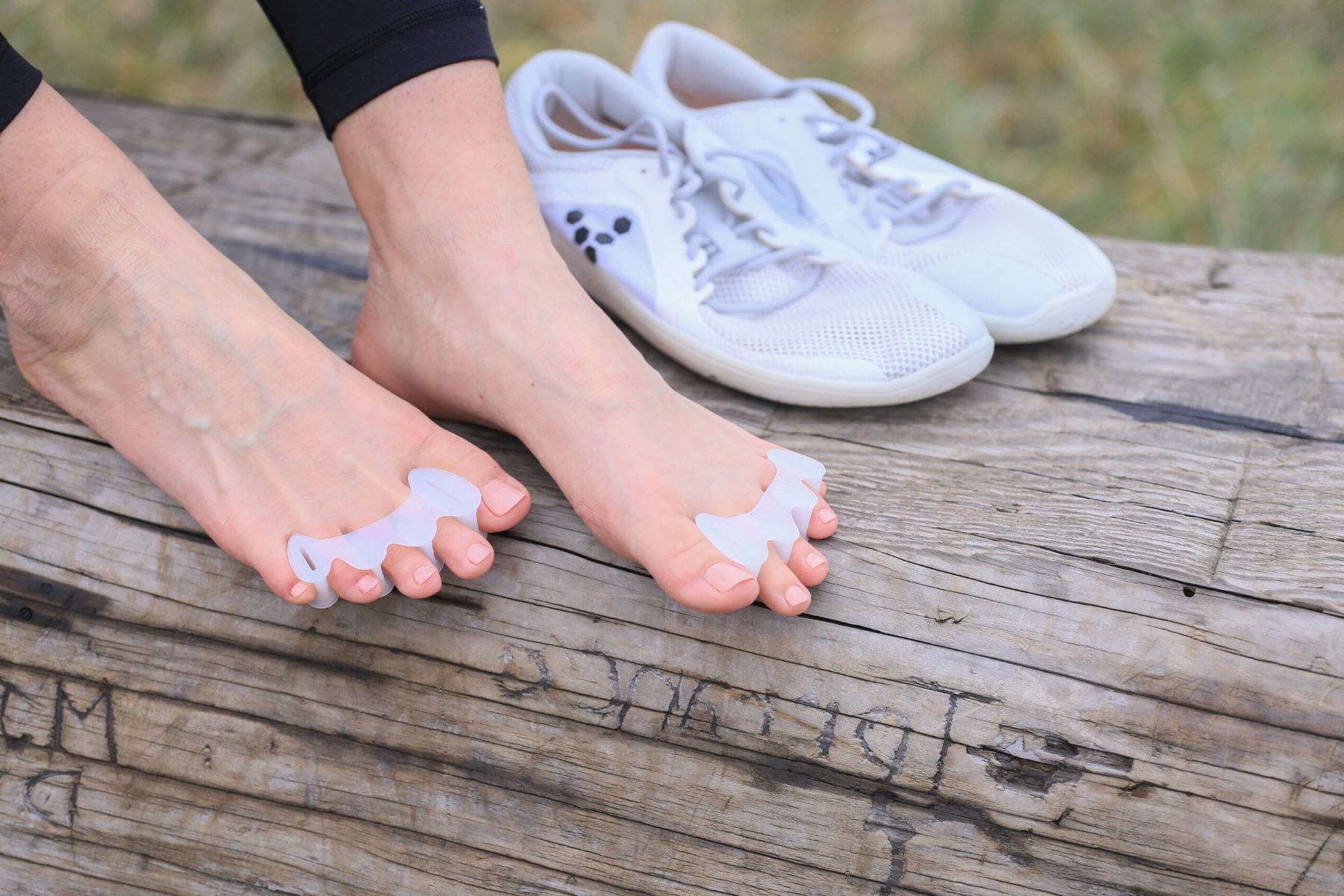Home>Health & Nutrition>Is It Possible To Contract Coronavirus While Swimming?
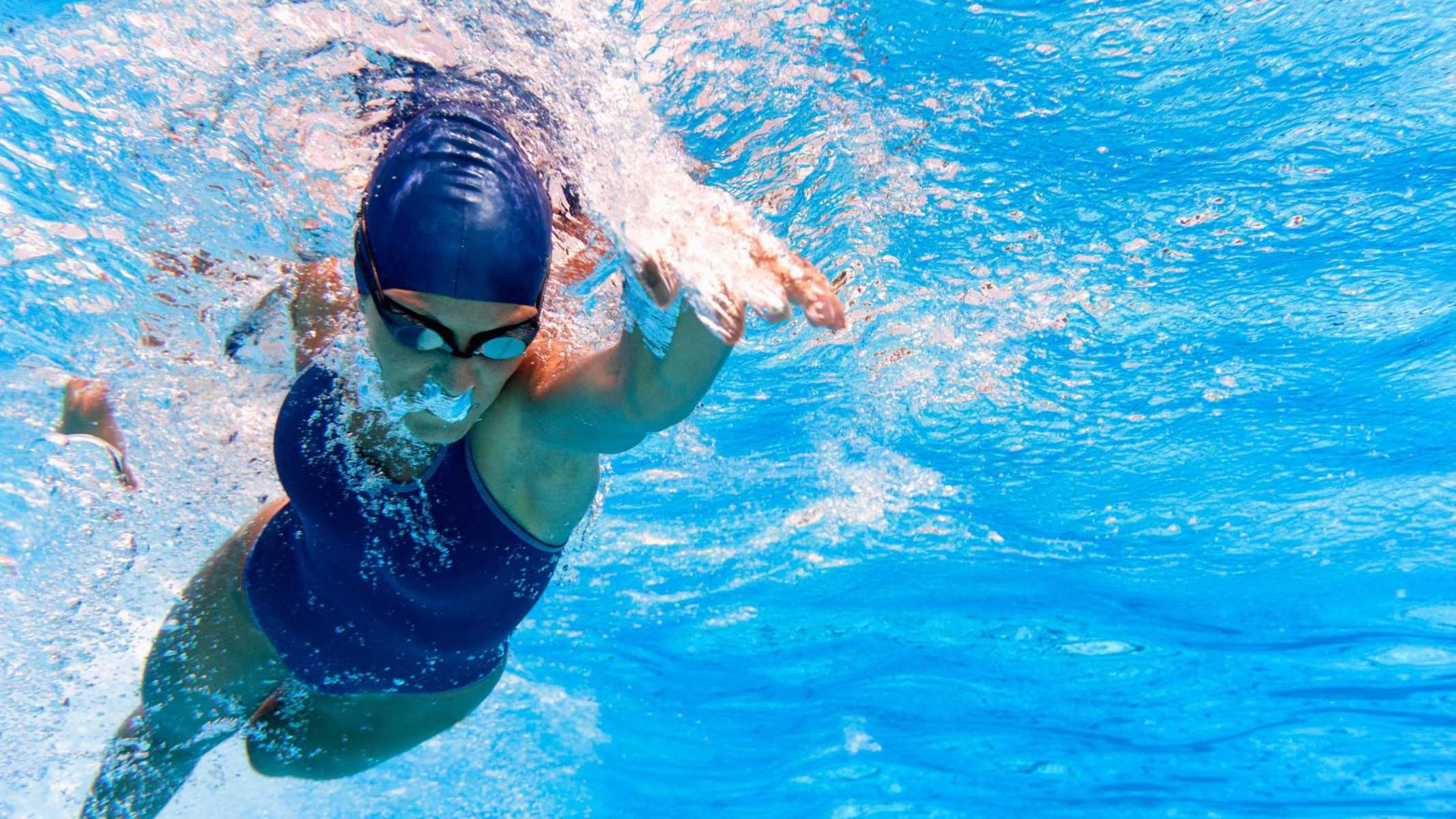

Health & Nutrition
Is It Possible To Contract Coronavirus While Swimming?
Published: February 24, 2024
Learn about the risks of contracting coronavirus while swimming and how to stay safe. Get expert advice on health and nutrition.
(Many of the links in this article redirect to a specific reviewed product. Your purchase of these products through affiliate links helps to generate commission for Therunningadvisor.com, at no extra cost. Learn more)
Table of Contents
The risk of contracting coronavirus in swimming pools
Swimming is a popular recreational activity that offers numerous health benefits, but the ongoing COVID-19 pandemic has raised concerns about the potential risks associated with visiting swimming pools. As individuals seek ways to stay active and cool off during the summer months, it's essential to address the question of whether swimming poses a risk of contracting the coronavirus.
The primary mode of COVID-19 transmission is through respiratory droplets when an infected person coughs, sneezes, talks, or breathes. While the virus primarily spreads through close contact with an infected individual or by touching contaminated surfaces, the possibility of transmission in swimming pools cannot be overlooked.
Research indicates that properly maintained swimming pools with adequate chlorination and filtration systems may reduce the risk of COVID-19 transmission. The Centers for Disease Control and Prevention (CDC) has stated that there is no evidence that the virus can spread through properly maintained water in pools. The use of chlorine and other disinfectants in pools can effectively inactivate the virus, minimizing the risk of transmission.
However, the risk of contracting COVID-19 in swimming pools is not solely related to the water itself. Crowded pool areas, locker rooms, and communal spaces pose a higher risk of virus transmission due to close contact and potential exposure to respiratory droplets from others. Additionally, maintaining physical distance in and around the pool can be challenging, especially in popular swimming facilities.
It's important to consider the behavior of individuals in swimming pools as well. Talking, shouting, and engaging in activities that generate respiratory droplets can increase the risk of virus transmission, especially in enclosed or poorly ventilated spaces.
In summary, while the risk of contracting coronavirus in swimming pools is relatively low when proper safety measures are in place, it's crucial to remain vigilant and adhere to guidelines to minimize the potential for virus transmission. By following recommended precautions and safety measures, individuals can continue to enjoy the benefits of swimming while reducing the risk of COVID-19 exposure.
Read more: Possible Causes Of Knee Pain While Cycling
Safety measures for swimming during the pandemic
As individuals navigate the challenges posed by the COVID-19 pandemic, it's essential to prioritize safety when engaging in recreational activities such as swimming. Implementing stringent safety measures can help mitigate the potential risks associated with visiting swimming pools. Here are key safety measures to consider:
-
Physical distancing: Adhering to physical distancing guidelines is crucial in swimming facilities. Maintaining a safe distance from others, both in and out of the water, can reduce the risk of virus transmission. Swimming facilities should enforce capacity limits to prevent overcrowding and allow individuals to maintain a safe distance from one another.
-
Facility sanitation: Regular and thorough sanitation of swimming facilities is imperative to minimize the risk of COVID-19 transmission. High-touch surfaces, such as door handles, railings, and restroom facilities, should be frequently cleaned and disinfected. Additionally, swimming pool water should be adequately treated with chlorine and other disinfectants to ensure its safety.
-
Personal hygiene: Encouraging individuals to practice good personal hygiene is essential. This includes washing hands frequently with soap and water, especially before and after swimming. Providing hand sanitizing stations in prominent locations within the facility can further promote good hygiene practices.
-
Face coverings: While face coverings are not typically worn while swimming, their use in communal areas such as locker rooms and indoor facilities is important. Individuals should wear face coverings when entering and exiting the swimming facility, as well as in any enclosed spaces where physical distancing may be challenging.
-
Health screenings: Implementing health screenings and temperature checks for individuals entering the swimming facility can help identify potential COVID-19 symptoms and prevent individuals who may be ill from entering the premises. Anyone exhibiting symptoms or feeling unwell should refrain from visiting the swimming facility.
-
Reservations and staggered schedules: To manage capacity and minimize crowding, swimming facilities can consider implementing reservation systems and staggered schedules for swim sessions. This approach allows for better control of the number of individuals present at any given time, reducing the risk of overcrowding.
By diligently adhering to these safety measures, both swimming facility operators and individuals can contribute to creating a safer environment for enjoying this recreational activity during the pandemic. Prioritizing safety and following established guidelines can help mitigate the potential risks associated with swimming while promoting overall well-being.
Precautions to take before and after swimming
Before heading to the swimming facility, it's essential to take proactive measures to safeguard personal health and minimize the risk of COVID-19 transmission. Similarly, after completing a swimming session, certain precautions can help maintain a safe and healthy environment for oneself and others. By adhering to these precautions, individuals can contribute to the overall safety of swimming facilities and reduce the potential for virus transmission.
Before Swimming:
-
Self-assessment: Prior to visiting a swimming facility, individuals should conduct a self-assessment of their health. If experiencing any COVID-19 symptoms, such as fever, cough, or difficulty breathing, it's crucial to refrain from visiting the swimming facility and seek medical advice.
-
Hygiene practices: Engaging in good personal hygiene practices before swimming is essential. This includes thoroughly washing hands with soap and water for at least 20 seconds. If soap and water are not readily available, using a hand sanitizer with at least 60% alcohol content can effectively disinfect the hands.
-
Preparation of personal items: Packing personal items such as towels, goggles, and swim caps in a clean and sanitized bag can help minimize the risk of contamination. Ensuring that personal belongings are kept separate from others' items can further reduce the potential for virus transmission.
After Swimming:
-
Showering and changing: After completing a swimming session, individuals should promptly shower using soap and water to remove any residual chlorine or contaminants from the skin. Changing into clean clothes and ensuring that wet swimwear is properly stored can prevent the spread of germs and maintain personal hygiene.
-
Sanitization of personal items: Disinfecting personal items such as goggles, swim caps, and any equipment used during the swimming session is important. Using disinfectant wipes or sprays to clean these items before returning them to the bag can help minimize the risk of contamination.
-
Hand hygiene: Following swimming, individuals should once again practice thorough hand hygiene by washing their hands with soap and water. If hand washing facilities are not readily available, using hand sanitizer is an effective alternative.
By integrating these precautions into their pre- and post-swimming routines, individuals can contribute to creating a safer environment within swimming facilities. These measures not only promote personal well-being but also demonstrate a commitment to collective health and safety during the ongoing pandemic.
Expert opinions on the likelihood of contracting coronavirus while swimming
Experts in the field of public health and infectious diseases have offered valuable insights into the potential risks of contracting coronavirus while engaging in swimming activities. Their opinions provide a comprehensive understanding of the factors that influence the likelihood of virus transmission in swimming environments.
Dr. Lisa Maragakis, an infectious disease specialist at Johns Hopkins Medicine, emphasizes that the risk of contracting coronavirus while swimming is influenced by various factors. She highlights the importance of maintaining physical distance and adhering to safety measures in and around swimming pools. Dr. Maragakis notes that while the virus is primarily transmitted through respiratory droplets, the presence of proper sanitation and disinfection measures in swimming facilities can significantly reduce the risk of transmission.
Furthermore, Dr. William Schaffner, a professor of preventive medicine and infectious diseases at Vanderbilt University School of Medicine, underscores the significance of ventilation and air circulation in indoor swimming facilities. He emphasizes that well-ventilated spaces can help disperse respiratory droplets and minimize the concentration of viral particles, thereby reducing the likelihood of virus transmission.
Dr. Sarah Fortune, a professor of immunology and infectious diseases at the Harvard T.H. Chan School of Public Health, emphasizes the importance of individual behavior in mitigating the risk of coronavirus transmission while swimming. She highlights the need for individuals to avoid crowded pool areas, practice good personal hygiene, and adhere to recommended safety measures. Dr. Fortune also underscores the role of community responsibility in creating a safe environment for swimming, emphasizing the collective effort required to minimize the potential for virus spread.
In addition, Dr. Anthony Fauci, the director of the National Institute of Allergy and Infectious Diseases, acknowledges that while the risk of contracting coronavirus in swimming pools is relatively low when proper safety measures are in place, individuals should remain vigilant and exercise caution. He emphasizes the need for ongoing adherence to public health guidelines and emphasizes the importance of monitoring and adjusting safety protocols based on evolving scientific evidence.
These expert opinions collectively underscore the multifaceted nature of the risk associated with coronavirus transmission in swimming environments. By considering the insights provided by these experts, individuals and swimming facility operators can make informed decisions and implement measures to minimize the potential for virus transmission while ensuring the safety and well-being of all individuals involved.

